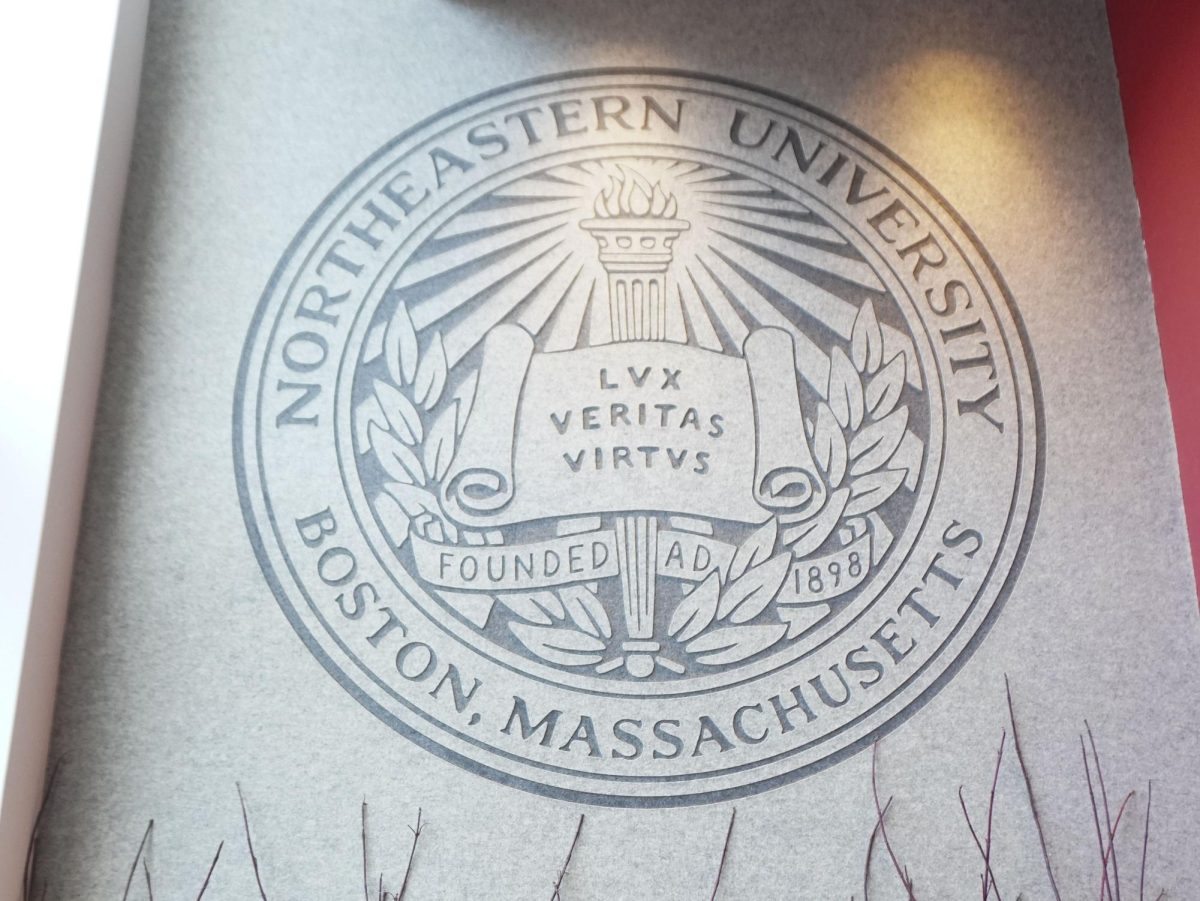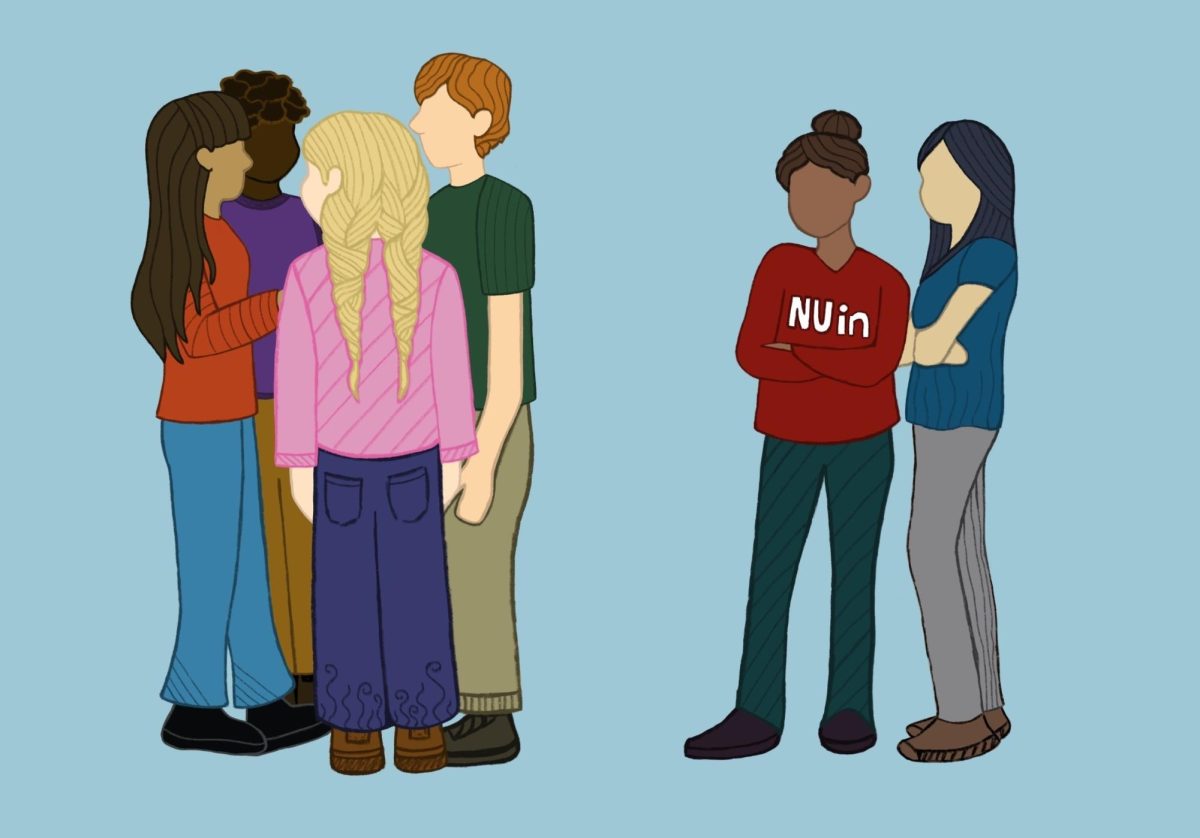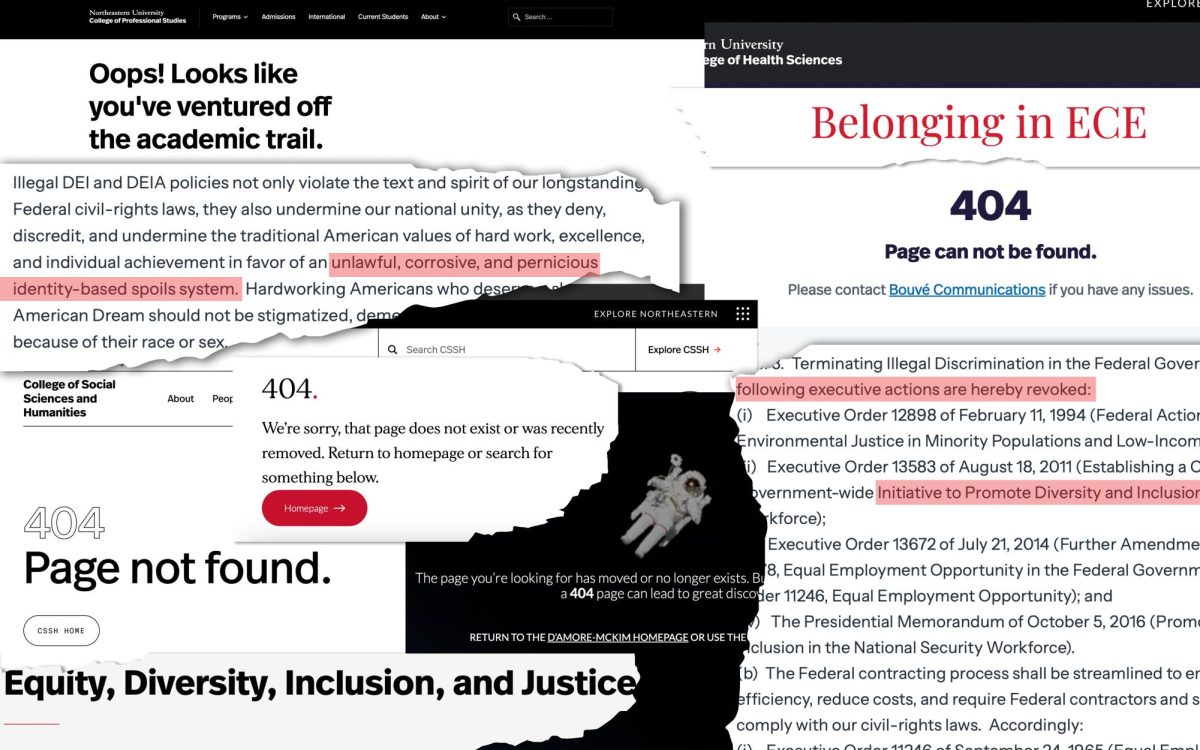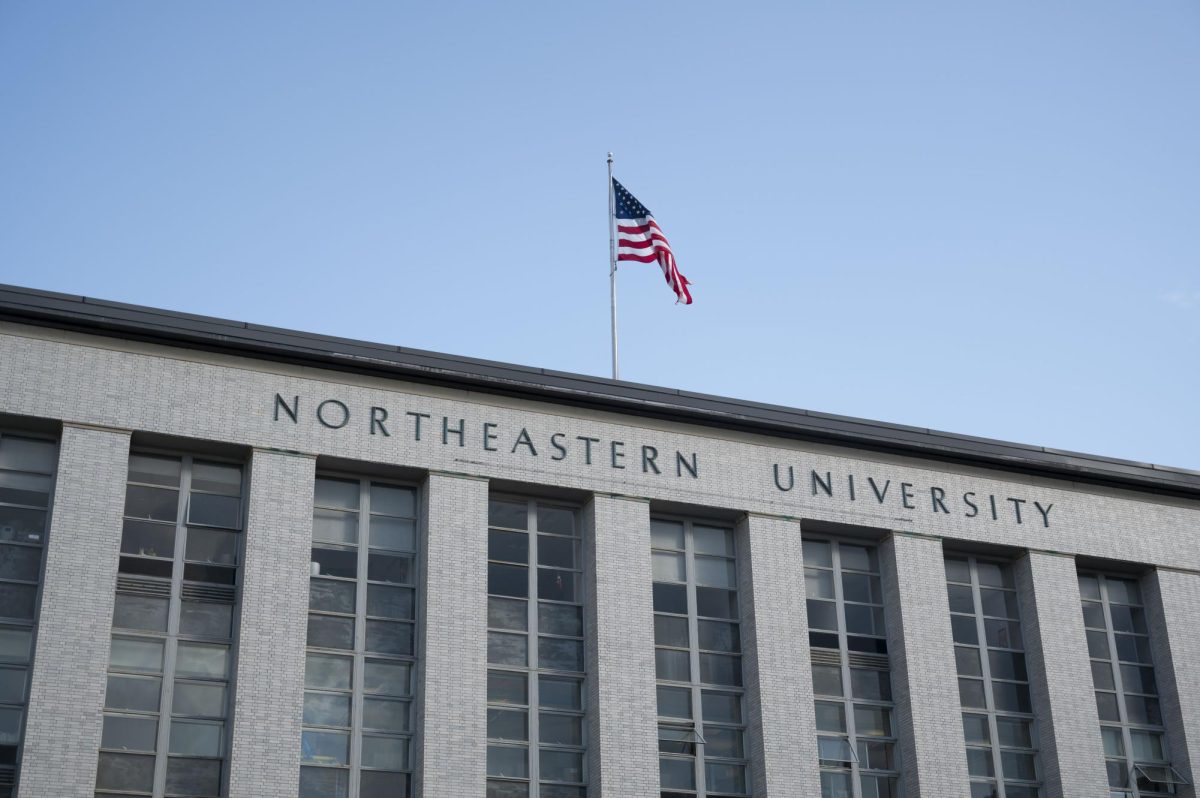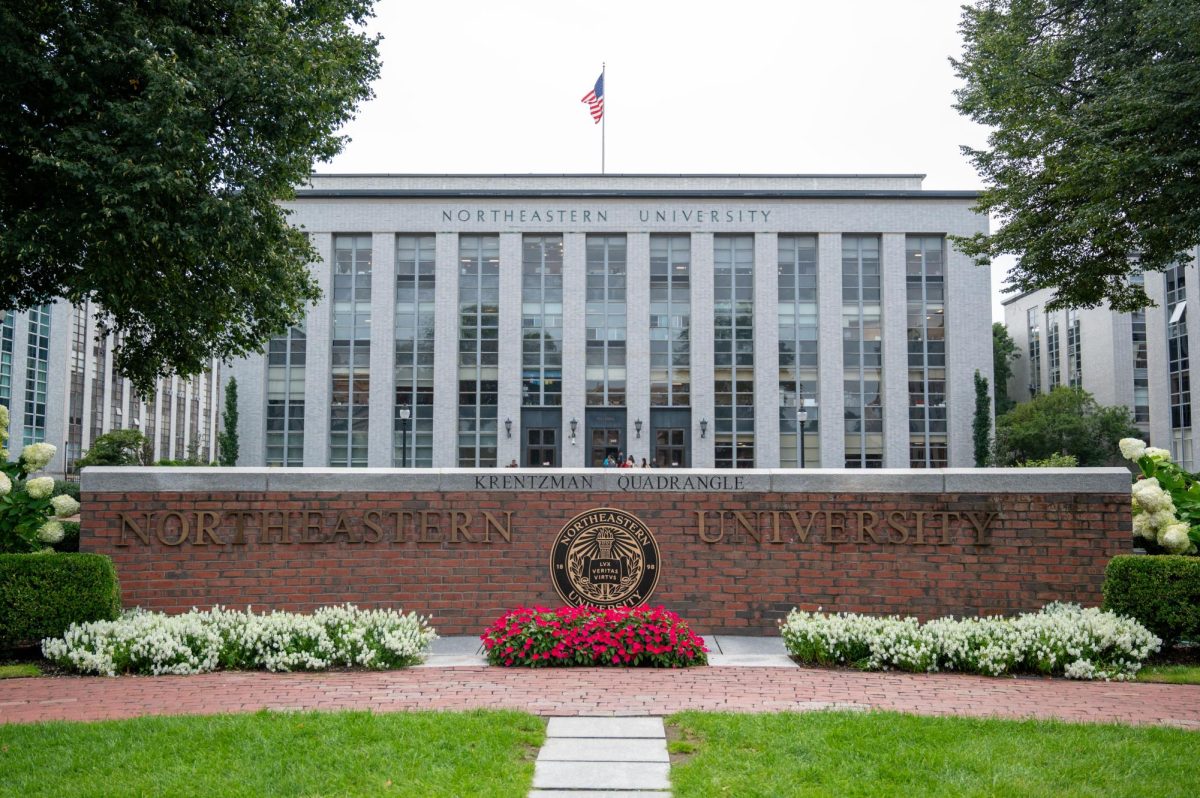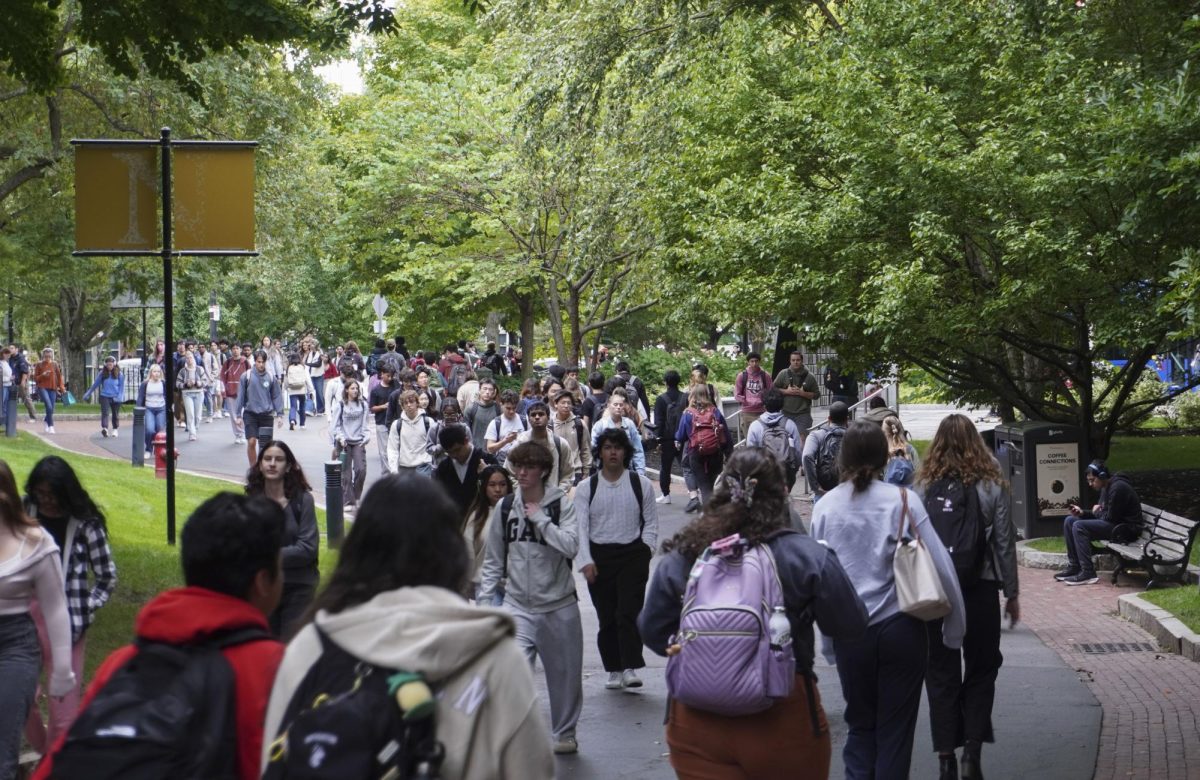I have a variety of reasons for not appreciating bananas the way Bananawareness Week demands I do. But I have many more reasons for not appreciating Bananawareness Week and its ridiculous antics.
Yesterday morning, bleary-eyed and unshowered, I walked into Stetson West with a few friends. Due to the overwhelming number of my classmates occupying the space, we were forced to search deep into the bowels of the Exhibition Kitchen to find seating.
As I sat there with a glass of milk and a piece of toast, huddled around an unusually small table, I began to notice bananas on every surface.
Behind me, at the counter portion of the kitchen, I spotted two baskets filled to the brim with bright yellow bananas and small paper plates with a hearty mound of translucent cream and yellow chunks. A professional-looking chef in a black hat and uniform mashed this concoction in an industrial, plastic bowl.
Next to these baskets lay a stack of pamphlets in hazard warning yellow – noticing a theme here? – emblazoned with the words, “bananas are going extinct,” illustrated with a shocked primate.
The last goody, a yellow rubber bracelet, modeled after Lance Armstrong’s and complete with an indented, “Peelstrong,” perfectly represents how out of proportion this campaign has been blown.
Ignoring the fact that every club, group or retailer has featured a bracelet in this vein, a product that originally represented cancer research should not be aligned with a made-up environmental and humanitarian crisis.
According to the pamphlet, millions of people are kept alive by this fruit crop. And, because each banana tree is a clone of every other one, the lack of genetic diversity means that any disease that can affect one tree can affect them all. A new strain of disease is doing exactly this, according to the pamplets. So clearly, now that lives hang in balance, we have an issue. Well, sort of.
What the pamphlet doesn’t present is a very simple solution, which the major fruit growers and distributors clearly do not want. All we as consumers have to do to save our precious yellow fruit is to stop attempting to preempt nature, and to allow our bananas to turn brown. And to accept that, in the wild, bananas breed for a reason.
In 1962, a related disease struck Big Mike, the strain du jour of bananas, for the same reason. But instead of allowing trees to breed naturally, and thus allowing disease immunities to build, a new strain was developed with a similar taste and texture, which was then cloned enough times to create a crop.
The final issue I take with the pamphlet, and thus the activities surrounding Bananawareness Week, is the last paragraph of a letter written to those reading the brochure. After summarizing the horrors of a banana shortage, as well as the factors contributing to this problem, the Council for University Programs, who sponsored this event, ends with this:
“That being said, enjoy it while you can! Your grandchildren won’t have the same luxury.”
A call to action if I ever heard one.
– Daniel Stoller is a freshman journalism major and a member of The News staff.



